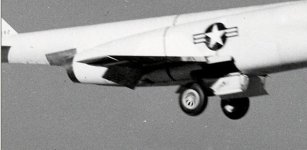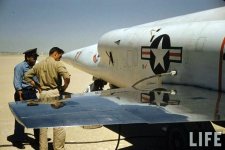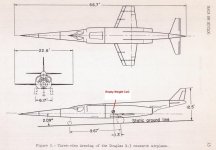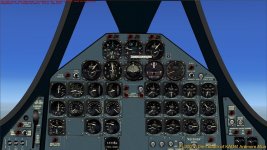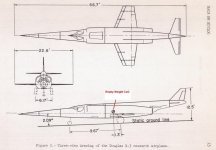Rick:
They would be flaps as opposed to slats as they do not open up an airway behind them and apparently are manually controlled separately from the TE Flaps. This allows the test pilot to carefully try out different positions and combinations. Interesting that the ailerons droop with the flap extension. This might have made for roll control at low speeds (relatively) being less agile.
The chart is also quite interesting regarding stall speeds in IAS increasing at higher altitudes. The only thing I can imagine changing significantly at altitude would be Mach Number?
Cheers: T
They would be flaps as opposed to slats as they do not open up an airway behind them and apparently are manually controlled separately from the TE Flaps. This allows the test pilot to carefully try out different positions and combinations. Interesting that the ailerons droop with the flap extension. This might have made for roll control at low speeds (relatively) being less agile.
The chart is also quite interesting regarding stall speeds in IAS increasing at higher altitudes. The only thing I can imagine changing significantly at altitude would be Mach Number?
Cheers: T

